Success is Relative
Here is a sample from the forthcoming BOOK THREE, to be released in October.
Book Three – Sandwich or Orgasm
Turning Loneliness into Lollipops
I’ve lived and worked in Asia now for nearly 13 years. In that time, I’ve visited the USA many times on vacation – usually for only a week or two, and only once a year, if that. Because of this, people often ask me – don’t you miss your family?
Of course, I miss my family.
But what many of these people who ask me this question don’t understand is the simple fact that when a man reaches the age of 40, he is kind of expected to have his own family.
When I’ve visited my family over the last few years, I actually felt MORE alone than when I was on the other side of the world by myself. Especially around the holidays, this loneliness becomes very profound. My mother (until recently) had my father and she still has her three adult children and four grandchildren. My brother has his teenage son (my brother is a single father). My sister has her husband and their three brilliant children. My cousins and LA friends, whom I grew up with and who are of similar age to me, almost all are married and have children of their own. Even my Korean friends, almost none of whom are Korean, still, my friends in Korea whom I’ve known for years – almost all of them are married. Most have children.
Who have I got? I have all of them, but really – who have I got? I’m a 40 year old man. I’m supposed to have my own family like every other heterosexual 40 year old man in this world. I tried marriage once, but it wasn’t a very well thought out decision and luckily we had no kids so it was easy for us to sever ties completely after the legalities were worked out.
Who have I got in this world, but God?
It’s like this.
I am personally responsible for the life/well being of no one. And nobody is responsible for me, except me. I have no pets. If I were to die tomorrow, other than sadness and grief by assorted members of my family and friends, no one’s life would really be affected by my passing. No one would have to cover for me at work. No one would have to feed my dog or make sure my daughter made it to school on time. I am alone. Everybody is alone, but most people have their family.
I have a family. I know that. I’m not denying that fact, or lessening my family’s place in my life. It’s just I don’t have my OWN family. This is a basic human need, survival requirement.
Success is relative. The more relatives you have, the more successful you are.
Or as Joe Walsh might say, ‘The more success you have, the more relative you are.’
When I’m in Asia, I don’t FEEL alone, because I know I am alone and there’s no ‘family’ surrounding me to remind of this fact. When I’m in Asia, I’m free from loneliness because I’m alone. Freedom is free of the need to be free. Free your mind and your ass will follow. The kingdom of heaven is within. Thank you, George Clinton, for a lifetime of funk.
If I’m allowed to call my brother’s living room sofa home, or my sister’s extra room in their Brooklyn brownstone home, or the bedroom of my dead father in my mother’s condo home, then I guess I’m going home, cuz those are the three places that I will ultimately sleep over the next few months.
Home is not where the heart is. Home is where the family lives. Since I have no family of my own, then the family I came from is the only family I have. And they are more than sufficient. I love them all to pieces. I have the greatest family in the world. I’m the prodigal son incarnate.
It’s funny that having lived the first 28 years of my life in America, that I never once visited the great country of Canada to the North. I’m probably one of the few Americans in my age group or younger who could name every province in Canada and their main city or cities. I’ve never been to Wreck Beach or Lakeside Park or the Calgary Stampede or the Okanagan Valley, but I sure as hell want to before I die. It’s a shame Americans are so ignorant of foreign places, even countries that share a border with the continental US. The Canada-US border is the longest unguarded border in the world. The North Korea-South Korea border is the most heavily fortified border in the world. And it’s all because of US.
Still, how many Americans know that the Capitol of Canada is Ottawa, or that the first responsible government in North America was in Nova Scotia, or that during the American Revolution, large numbers of Crown loving Americans, called Tories, immigrated to Canada and stayed in Halifax and New Brunswick, and Ontario. I had to travel to the other side of the world, to Asia, all the way to the Pacific Rim to South Korea to make Canadian friends. I may live in LA now, but I’ve got a small posse of Canucks , a veritable Spleef Posse they are, that I hope to know till after I die. Long after. Into the next life. I consider each of them like family. I hope they know it. Even Fiferoo, with yer Fife tattoo and Comedy and Tragedy etched to your arm. Family.
I’m in one of their houses right now. Goodnight, Reggie.
Cheongju, S Korea November 2009










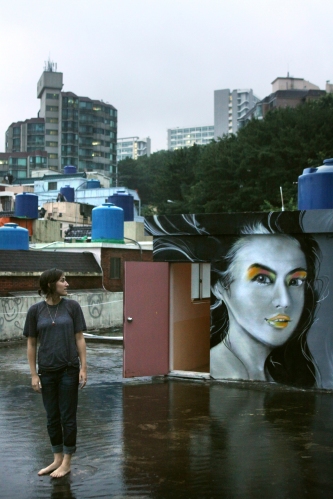




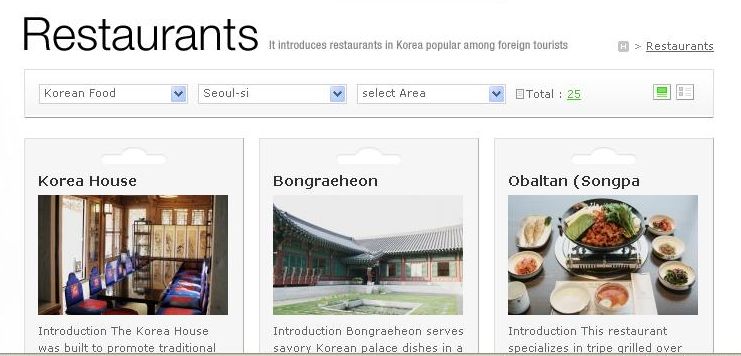
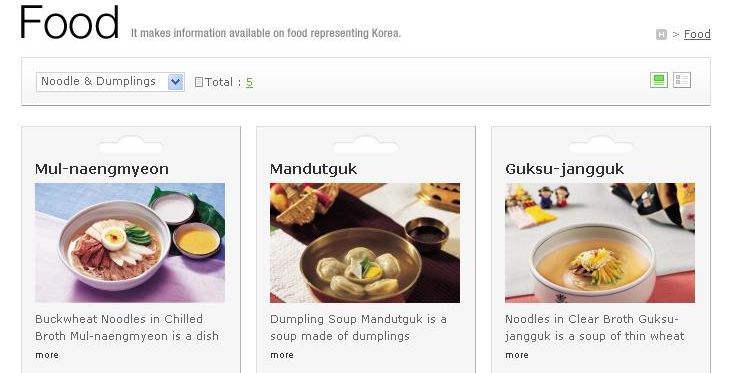



 RSS Feed
RSS Feed




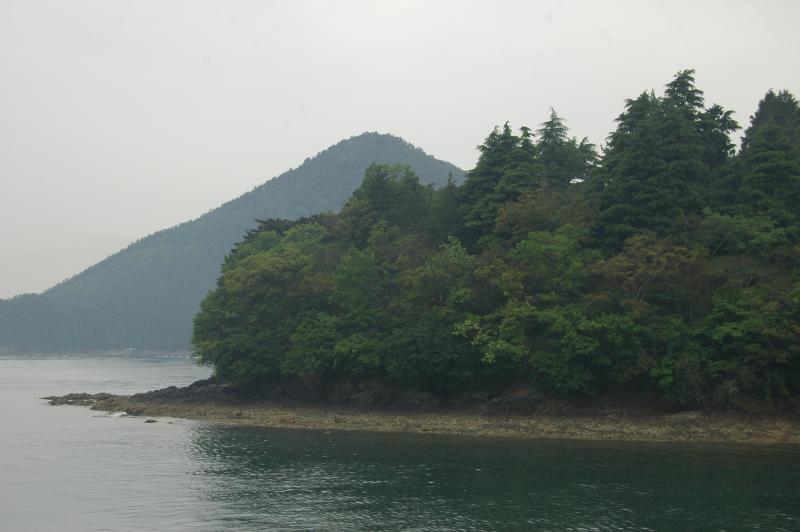
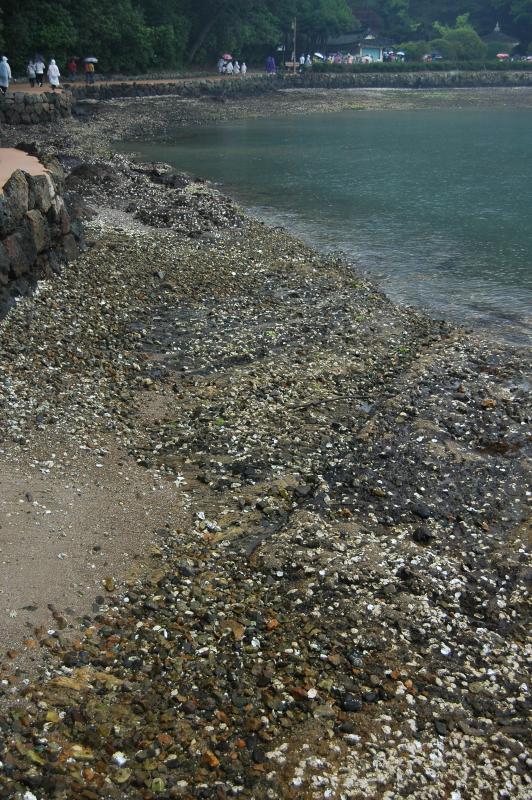
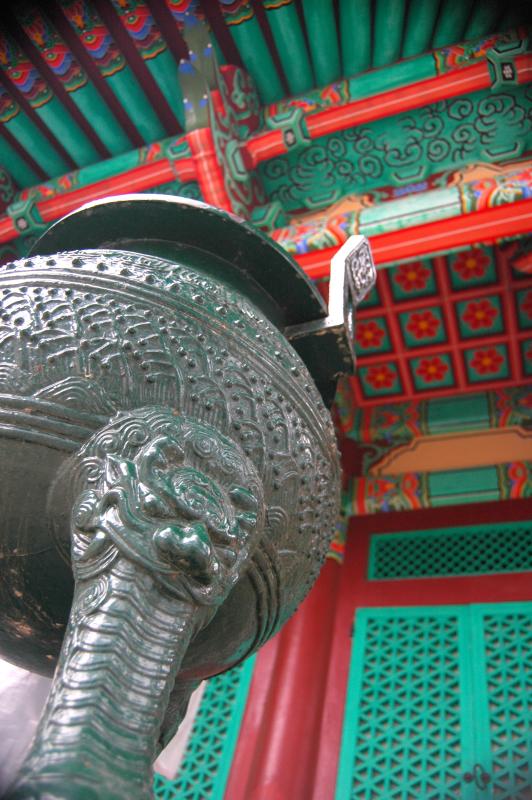
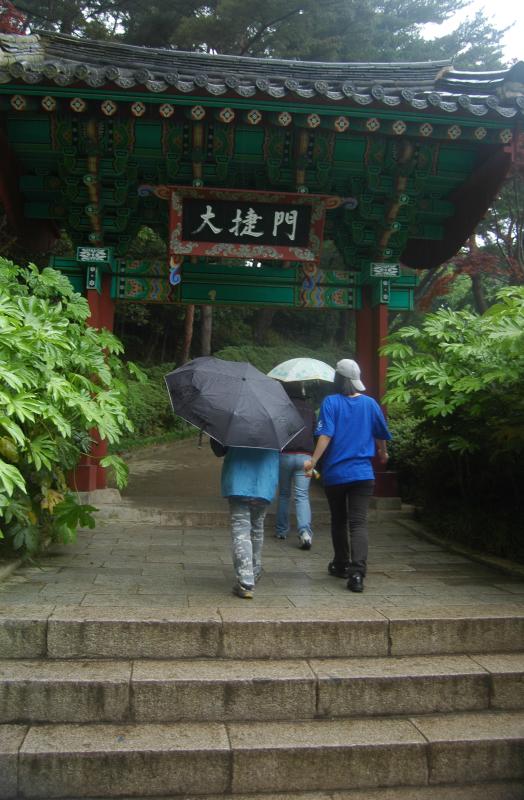

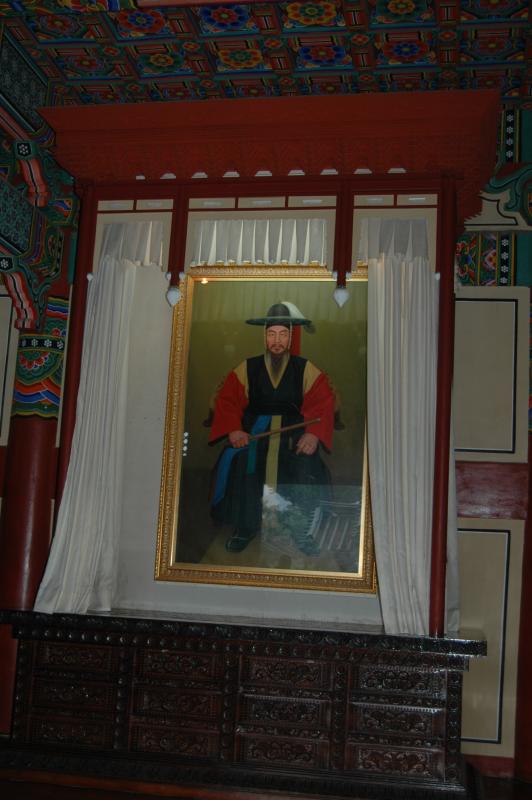
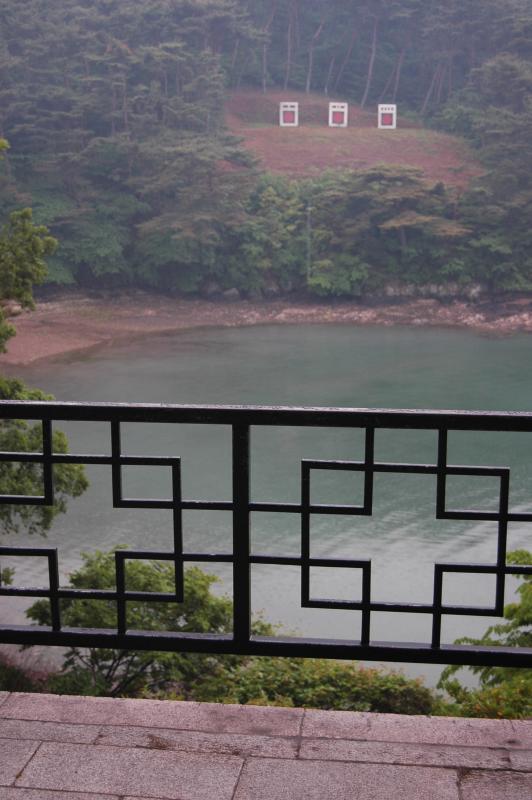



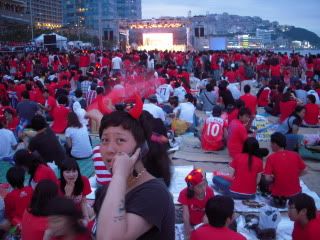

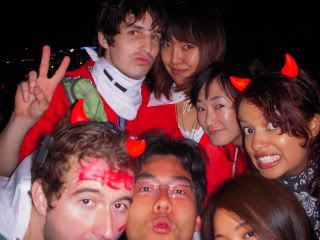
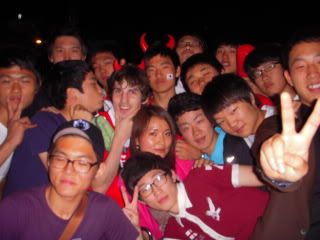




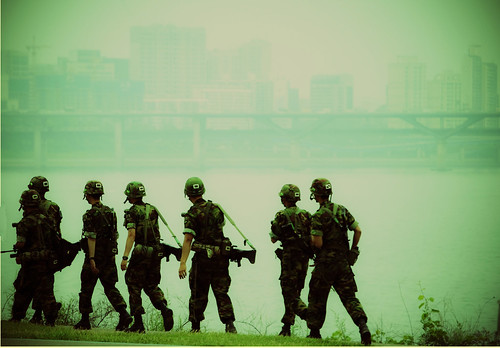



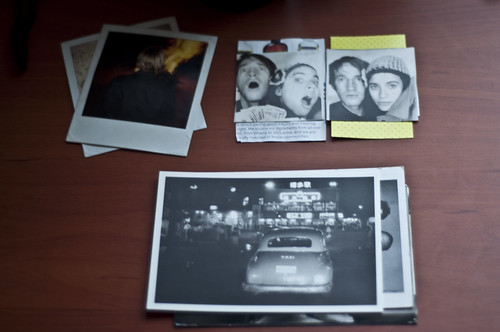
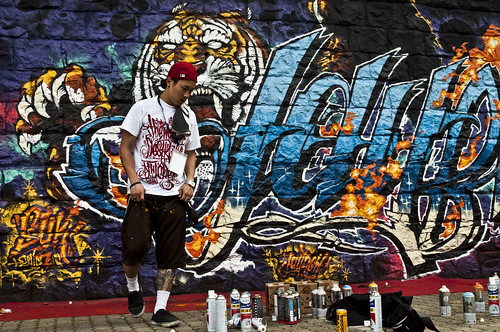
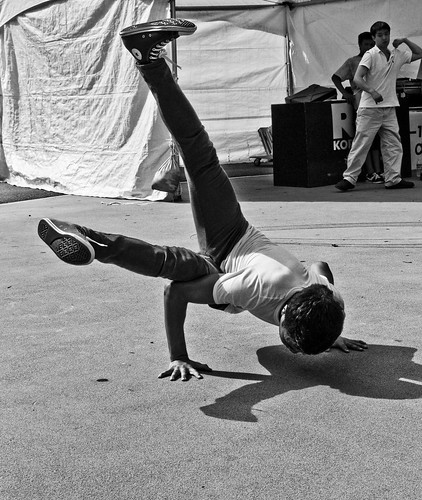


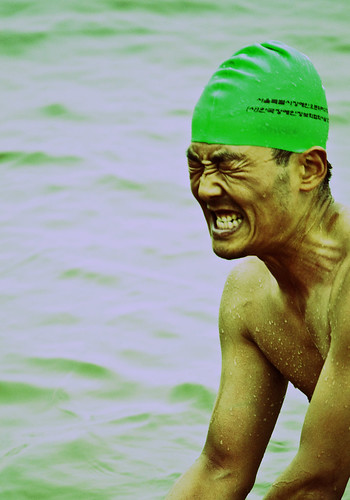
Recent comments